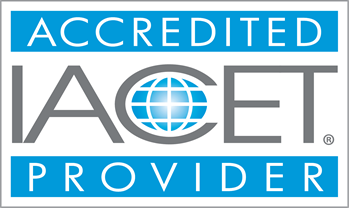Price: $174.99
40-HOUR EM 385-1-1 TRAINING
Join us for a latest 40-Hour-EM 385-1-1 training program precisely crafted to maintain the highest construction safety standards, adapted particularly for compliance with the U.S. Army Corps of Engineers (USACE) EM 385-1-1 guideline.
Course Modules - (50)
Our program is designed to give learners the critical information and useful skills needed to ensure the highest standards of safety and health on construction projects.
Training provides a comprehensive and accessible option for professionals who want to improve their safety knowledge and contribute to safer construction locations.
While there are no official requirements for the course, participants are generally construction industry professionals looking to improve their safety understanding and compliance with EM 385-1-1 rules.
If you are a Safety Health Officer of a Construction Site (SHO), constructor, or military personnel, this course will make you skillful.
Learning Outcomes:
What You Can Expect to Learn:
From EM 385-1-1 certification, you will gain key safety principles and regulations for construction projects. It typically covers a range of topics related to safety and health requirements including.
Purpose and scope of the EM 385-1-1 manual
Site-specific Accident Prevention Plan (APP).
Learn the site safety health official (SSHO) responsibilities.
Activity Hazard Analysis (AHA) forms and Control
Fall Protection
Electrical Hazards on Construction Sites and Protocols for Safe Work
Guidelines for safe Excavation and Trenching Operations
Personal Protective Equipment (PPE)
Proper assembly, use, and inspection of scaffolds
Material Handling and Storage
Fire Protection and Prevention
Confined Space Entry
Environmental Protection.
Emergency Response Planning
Ensuring compliance with relevant OSHA regulations and USACE requirements
Completion Requirements:
- 100% appearance for the course
- Fully involvement in all class trainings (determined by instructor)
- Completion of Continuing Education and Training Registration Form
- Completion of mandatory quiz assessments
- As applicable, attainment of least passing score on required end-of-course examination
- Participation and submittal of end-of-course assessment form (must provide name on form to obtain credit)
Students may request IACET CEU credit upon successful completion of the course, provided all required criteria are met. This option is available for those who wish to receive official recognition of their continuing education.
Online OSHA classes tend to be more cost-effective than in-person courses. You can save on travel expenses, lodging, and other associated costs, making online training a more budget-friendly option. Additionally, online courses can often be completed more quickly than their in-person counterparts, as you can work through the material at your own pace and without the constraints of a fixed class schedule.


